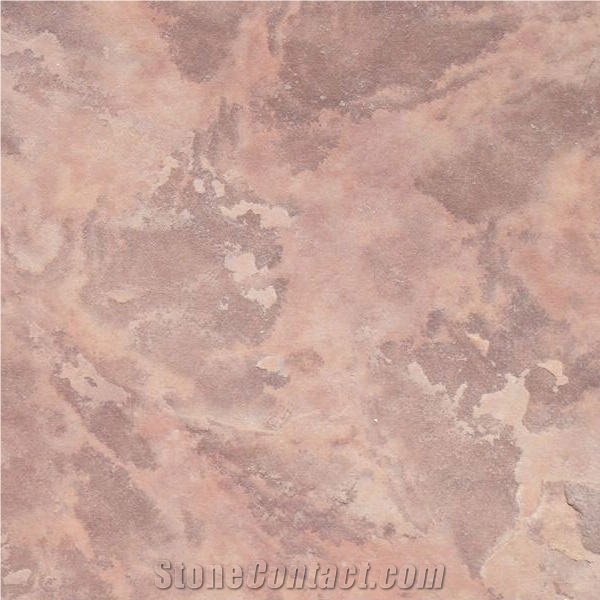Grand Canyon Sandstone
 United States
(Chino Valley, Arizona )
United States
(Chino Valley, Arizona )
Grand Canyon Sandstone is lilac and from United States. It can be used in many areas for construction stone, ornamental stone.

How thick is United States's Grand Canyon Sandstone slabs?

Can United States's Grand Canyon Sandstone be used outdoors?

Is United States's Grand Canyon Sandstone an expensive stone?

Can United States's Grand Canyon Sandstone be used exterior applications in cold climates?

Can United States's Grand Canyon Sandstone be used in heavy use areas?

Are there color variations of United States's Grand Canyon Sandstone?

Can United States's Grand Canyon Sandstone be used in a kitchen?

What grade is United States's Grand Canyon Sandstone?
The request includes: 1. surface finished, size 2. quantity required








 China
China